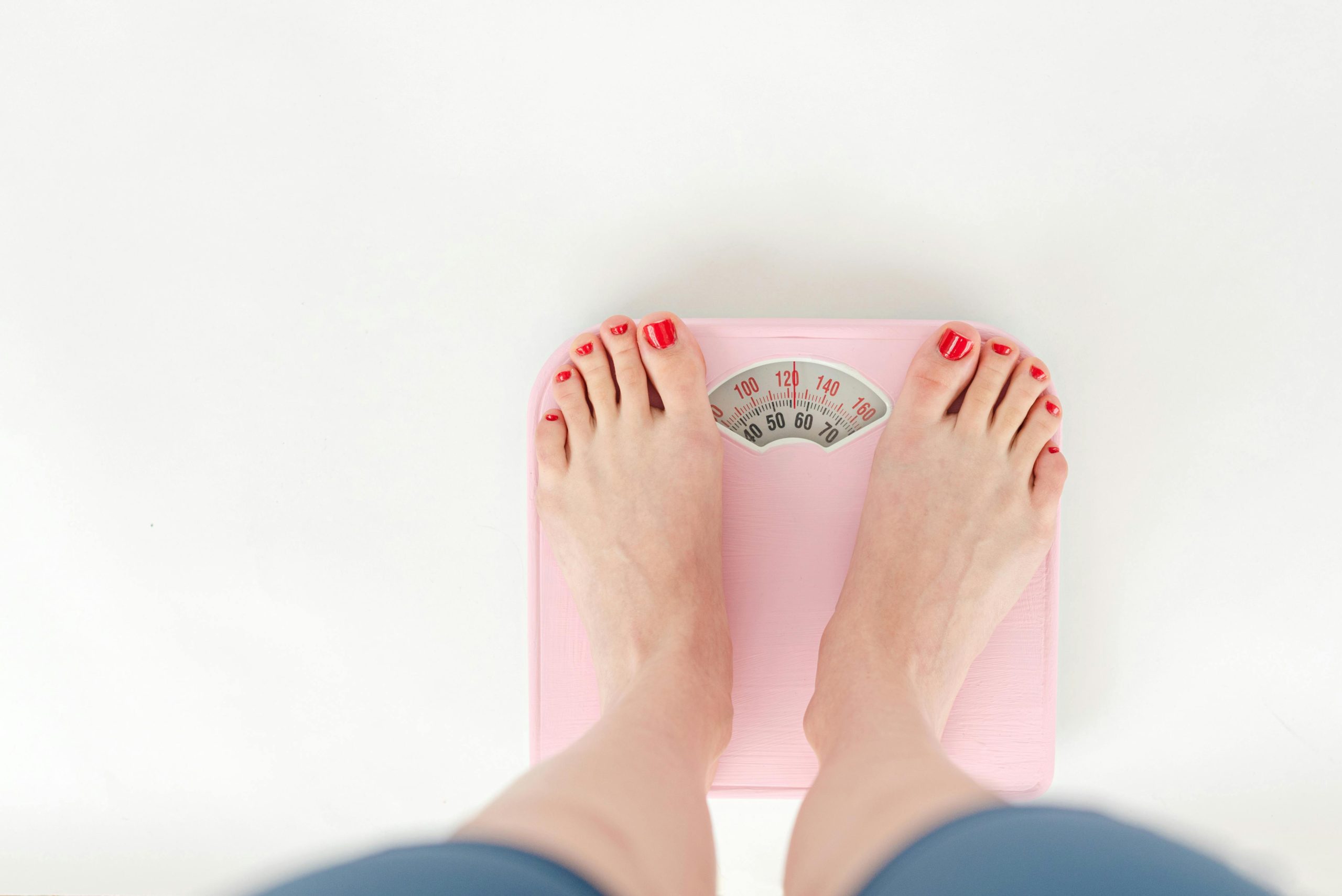If you’ve ever tried to lose weight, you’ve likely heard about counting calories. But what about tracking macros? While calories matter, the composition of those calories—protein, carbohydrates, and fats—plays a crucial role in achieving sustainable weight loss. Mastering macro tracking can be the missing piece to your fitness puzzle, helping you optimize energy levels, build muscle, and shed fat more efficiently. In this guide, we’ll break down how to track your macros and why it matters for weight loss success.
What Are Macros and Why Do They Matter?
Macronutrients, or “macros,” are the three primary nutrients your body needs in large quantities: protein, carbohydrates, and fats. Each plays a unique role in your health and weight loss journey:
- Protein – Essential for muscle repair, immune function, and satiety. Helps preserve lean mass while losing fat.
- Carbohydrates – Your body’s primary energy source, fueling workouts and brain function.
- Fats – Supports hormone production, nutrient absorption, and long-term energy.
Tracking macros ensures you’re not just eating the right number of calories but also the right types of calories. A diet too low in protein, for example, may lead to muscle loss, while insufficient fats can disrupt hormone balance. By balancing macros, you optimize body composition and overall health.
How to Calculate Your Macro Needs
Before tracking macros, you need to determine your daily requirements. Here’s a simple step-by-step process:
1. Determine Your Caloric Needs
Use an online TDEE (Total Daily Energy Expenditure) calculator to estimate how many calories you burn daily based on your age, weight, height, and activity level. To lose weight, consume fewer calories than your TDEE—typically a 10-20% deficit.
2. Set Your Macro Ratios
Macro ratios vary based on goals, but a common starting point for weight loss is:
- Protein: 30-40% of calories (1.2-1.6g per pound of body weight)
- Carbs: 30-40% of calories
- Fats: 20-30% of calories
For example, if you eat 1,800 calories per day, your macros might look like this:
- Protein: 180g (720 calories)
- Carbs: 180g (720 calories)
- Fats: 40g (360 calories)
3. Adjust Based on Progress
Monitor your weight and energy levels weekly. If progress stalls, tweak your macros—such as reducing carbs slightly or increasing protein.
The Best Tools for Tracking Macros
Tracking macros doesn’t have to be complicated. These tools make it easy:
- MyFitnessPal – A popular app with a vast food database and barcode scanner.
- Cronometer – Offers detailed micronutrient tracking alongside macros.
- MacroFactor – Uses AI to adjust your macros based on progress.
- Food Scale – Essential for accurate portion measurements.
Start by logging everything you eat for a few days to understand your current intake. Over time, you’ll learn to estimate portions and make better food choices effortlessly.
Common Mistakes to Avoid When Tracking Macros
While macro tracking is powerful, mistakes can hinder progress. Here’s what to watch out for:
1. Ignoring Food Quality
Hitting your macros with junk food is possible, but whole, nutrient-dense foods support long-term health and satiety. Prioritize lean proteins, complex carbs, and healthy fats.
2. Overcomplicating the Process
Don’t stress over perfection. Close estimates are fine—consistency matters more than precision.
3. Neglecting Hydration and Sleep
Macros alone won’t guarantee weight loss. Proper hydration and 7-9 hours of sleep are critical for metabolism and recovery.
How Macro Tracking Enhances Weight Loss
Unlike restrictive diets, macro tracking offers flexibility while ensuring nutritional balance. Here’s why it works:
- Prevents Muscle Loss – Adequate protein intake preserves lean mass, keeping metabolism high.
- Controls Hunger – Protein and fats increase satiety, reducing cravings.
- Optimizes Energy – Balanced carbs and fats fuel workouts and daily activities.
- Encourages Sustainable Habits – No foods are off-limits, making it easier to stick with long-term.
By focusing on macros, you shift from short-term dieting to a sustainable, results-driven approach.
Conclusion
Mastering macro tracking is a game-changer for weight loss. It goes beyond calorie counting, ensuring your body gets the right nutrients to burn fat, maintain muscle, and stay energized. By calculating your needs, using the right tools, and avoiding common pitfalls, you’ll unlock a smarter, more effective way to achieve your goals. Start tracking today, and take control of your weight loss journey with precision and confidence.
